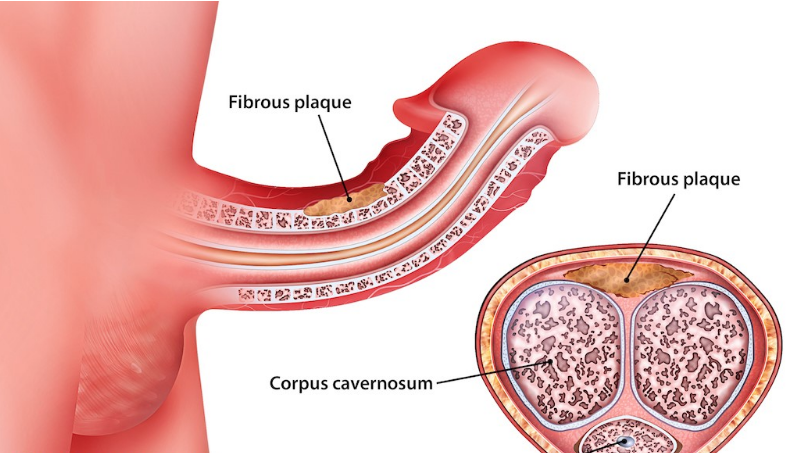
How to know if you have Peyronie’s disease depends on various factors.

Peyronie’s Disease Symptoms
Determining whether a curved penis is a result of Peyronie’s disease or a naturally occurring curvature can be challenging, but there are certain characteristics and considerations that can help differentiate between the two:
-
Gradual Onset vs. Lifelong Curvature:
- Peyronie’s Disease: Typically involves a noticeable change in penile curvature over time.
- Natural Curvature: The curvature has been present since adolescence or early adulthood.
-
Pain and Plaque Formation:
- Peyronie’s Disease: Often associated with pain during erections and the development of palpable plaques or hard lumps under the skin.
- Natural Curvature: Generally painless, and there are no palpable plaques or significant changes in penile tissue.
-
Consistency of Curvature:
- Peyronie’s Disease: The curvature may be irregular and may worsen or improve over time.
- Natural Curvature: A consistent, stable curvature that doesn’t change significantly over time.
-
Age of Onset:
- Peyronie’s Disease: More common in men aged 40 to 70, with a potential onset later in life.
- Natural Curvature: Evident from a young age, often noticed during adolescence.
-
Family History:
- Peyronie’s Disease: Some evidence suggests a genetic predisposition, so a family history of the condition may be relevant.
- Natural Curvature: If other family members also have a similar curvature, it may suggest a genetic predisposition rather than Peyronie’s.
-
Consultation with a Healthcare Professional:
- A healthcare provider, such as a urologist, can conduct a physical examination, discuss medical history, and may order imaging tests (e.g., ultrasound) to assess the nature and cause of the curvature.
DifferencesBetween Peyronie’s Disease & A Usual Curved Penis
Peyronie’s Disease:
-
Gradual Onset: The curvature develops over time.
-
Pain During Erections: Pain or discomfort is often experienced during penile erections.
-
Plaque Formation: Development of palpable plaques or hard lumps under the skin of the penis.
-
Irregular Curvature: The curvature may be irregular and may worsen or improve over time.
-
Age of Onset: More common in men aged 40 to 70, with potential onset later in life.
-
Genetic Predisposition: Some evidence suggests a genetic predisposition, and a family history of the condition may be relevant.
-
Changes Over Time: The curvature may change significantly over time.
Usual Curved Penis (Not Due to Peyronie’s Disease):
-
Lifelong Curvature: The curvature has been present since adolescence or early adulthood.
-
Painless: Generally painless, without discomfort during erections.
-
Consistent Curvature: A consistent, stable curvature that doesn’t change significantly over time.
-
No Plaque Formation: No palpable plaques or significant changes in penile tissue.
-
Age of Onset: Evident from a young age, often noticed during adolescence.
-
Genetic Predisposition: If other family members also have a similar curvature, it may suggest a genetic predisposition rather than Peyronie’s.

